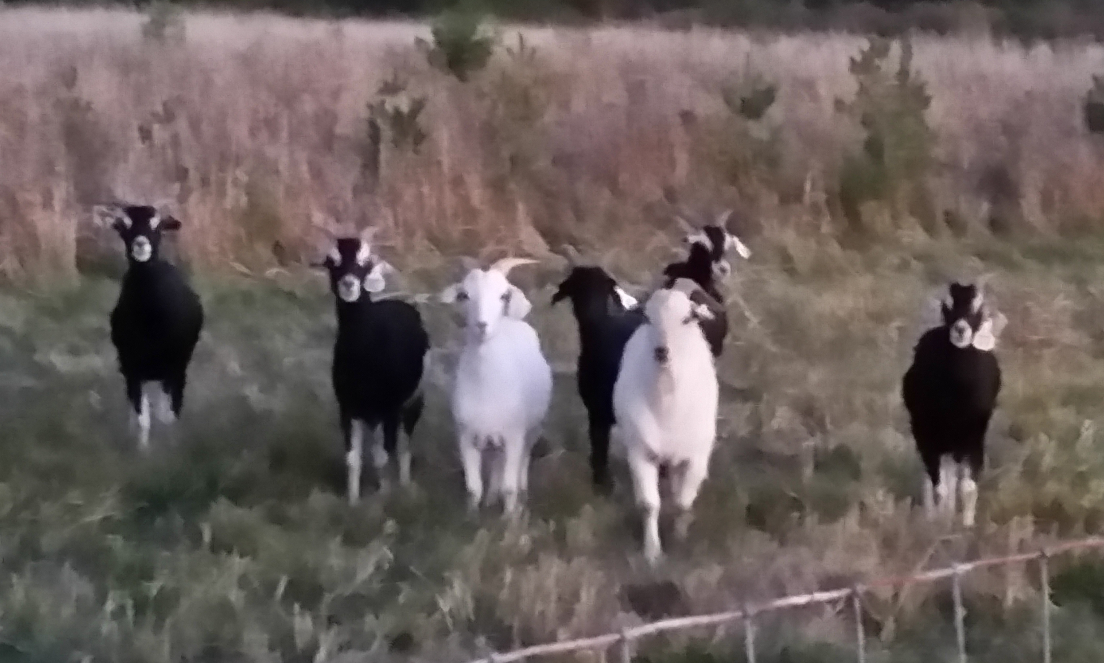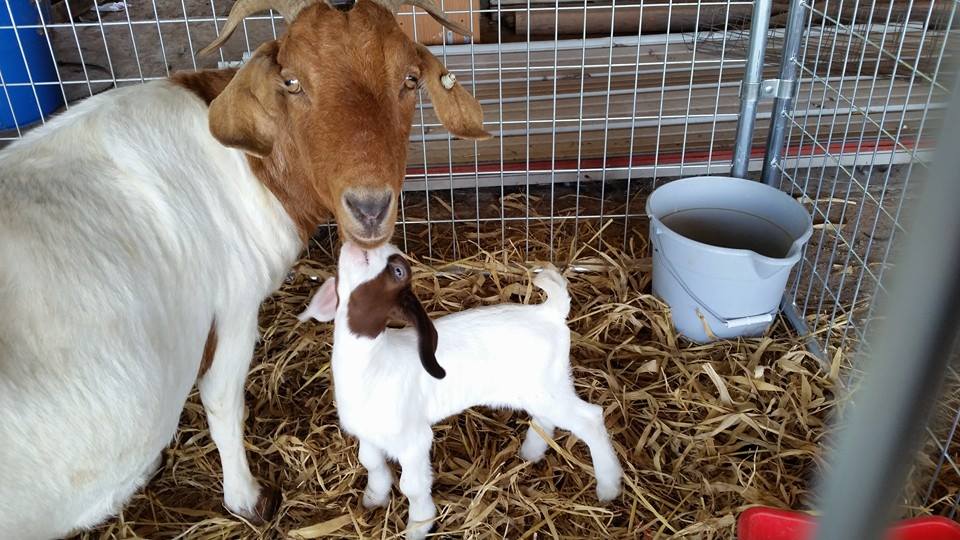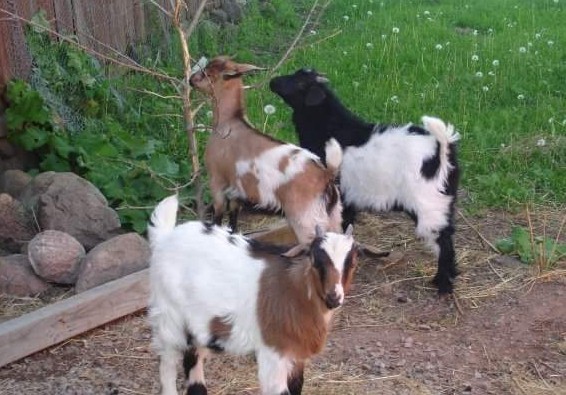Pleasant Home Farms LLC
Wisconsin Raised and Grown - All Natural
Goat breeds on the farm
We have multiple breeds on the farm.
Kiko goats are extremely hardy and have a high feed conversion rate (the ability to convert feed efficiently to marketable meat); they have lighter bones than other breeds but have large frames that pack on a lot of meat. Kiko kids are born small to nearly eliminate kidding problems, but grow at astounding rates. Kikos are exceptional moms, protective and even first time moms rarely fail to mother their kids. Kiko kids are extremely active, up and seeking a teat minutes after birth, they are highly efficient browsers requiring little in the way of supplementary feeding. They're also worm-resistant and their hooves rarely need trimming.
(Storey's Guide to Raising Meat Goats-Managing, Breeding, Marketing)
Kiko goats are extremely hardy and have a high feed conversion rate (the ability to convert feed efficiently to marketable meat); they have lighter bones than other breeds but have large frames that pack on a lot of meat. Kiko kids are born small to nearly eliminate kidding problems, but grow at astounding rates. Kikos are exceptional moms, protective and even first time moms rarely fail to mother their kids. Kiko kids are extremely active, up and seeking a teat minutes after birth, they are highly efficient browsers requiring little in the way of supplementary feeding. They're also worm-resistant and their hooves rarely need trimming.
(Storey's Guide to Raising Meat Goats-Managing, Breeding, Marketing)

Boer goats is a breed of goat that was developed in South Africa in the early 1900's for meat production. Their name is derived from the dutch word "boer", meaning farmer.
Boer goats commonly have white bodies and distinctive brown heads. Some Boer goats can be completely brown or white or paint, which means large spots of a different color is on their bodies. They are noted for being docile, fast-growing,
Boer goats commonly have white bodies and distinctive brown heads. Some Boer goats can be completely brown or white or paint, which means large spots of a different color is on their bodies. They are noted for being docile, fast-growing,

Fainting goats have many other names, including Myotonic Goats, Tennessee (Meat) Goats, Nervous Goats, Stiff-leg Goats, Wooden-leg Goats, and Tennessee Fainting Goats. They are a smaller breed and easier to care for and maintain than larger meat goat breeds, which makes the fainting goat desirable on the farm. They are also raised as pet or show animals as they can be friendly, intelligent, easy to keep, and amusing. Fainting goats have a muscle condition called myotonia congenita. This is a condition which occurs in many species, including humans. The goats do not "faint" as they never lose consciousness because of their myotonia.
